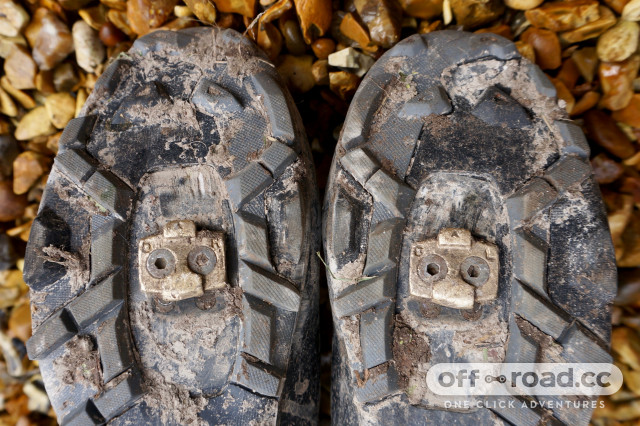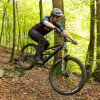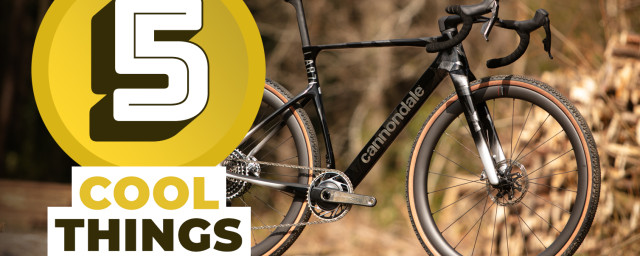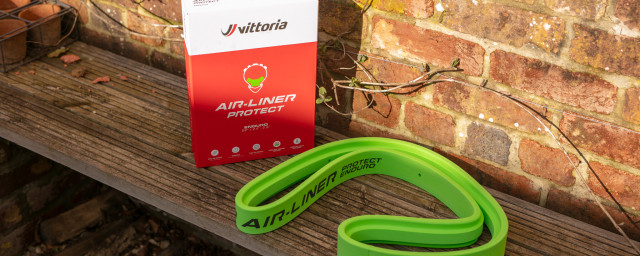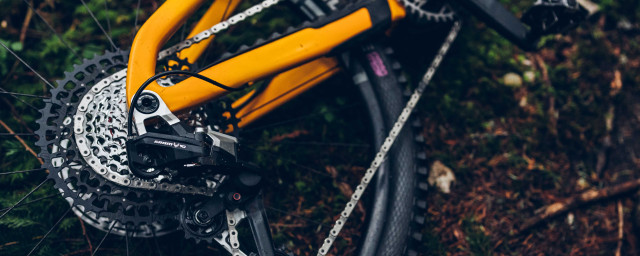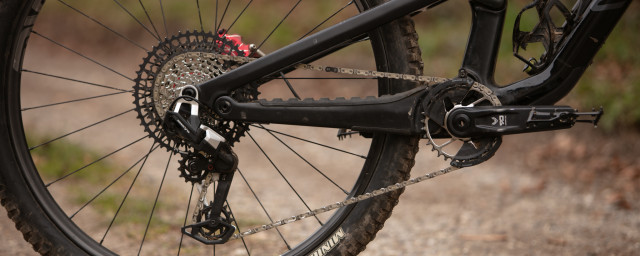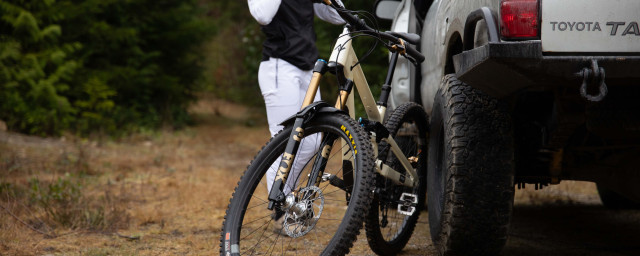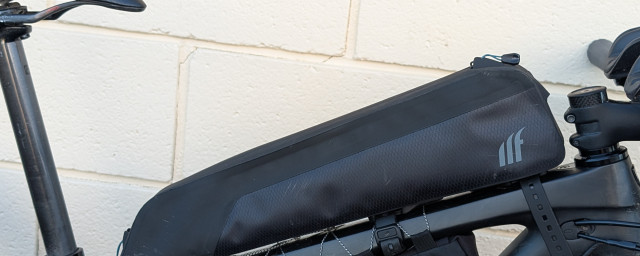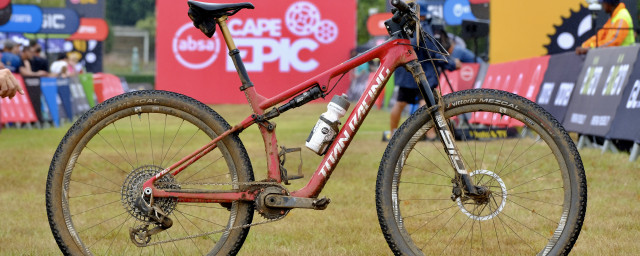Clipless pedals: the pros and cons of clipping in

While commonplace in the world of road and gravel cycling, I’ll admit, being semi-permanently attached to your mountain bike via your feet sounds crazy. It comes as no surprise that new riders, who are tempted by their benefits, may be intimidated by the prospect of clipless pedals. Even though clipless pedals may not be for everyone, they pose clear advantages against their flat-platformed siblings but, as with everything, there are a few cons, too. Let's get into the details.
- Are flat pedals worth it?
- The best clipless mountain bike pedals ridden and rated
- Best mountain bike shoes 2023 - top-rated flat and clipless kicks
What are clipless pedals?
But before getting into the good stuff, let’s explain the clipless pedal in detail. This question is best answered by going right back to when the toe clip concept (bits of plastic that were attached to flat pedals to keep a rider’s toes in place) was the go-to option for foot-to-pedal security. In 1990, Shimano launched Shimano Pedalling Dynamics or SPD for short and the rest was history.
SPD replaced toe clips, which were unsightly and actually rather cumbersome to use, with a system that attached the sole of the shoe directly to the pedal using a cleat to create a single unified system. Shimano’s aim with this was not only to improve power transfer to the pedal but to boost all-round control over the bike.
Since SPD, other manufacturers tried their hands at attaching a shoe’s sole to the pedal, hence Crankbrothers Eggbeater and Time’s ATAC system just to name two.
They offer more control and transfer power more efficiently
While smashing through technical sections, even the best flat pedal and shoe combinations can break free, leading to that awkward period where the rider is trying to set their foot back into the right position over the pedal mid-trail. With clipless pedals, that’s not something to worry about as they keep feet physically attached to the pedal and when clipping back in, you're placing your foot back into a preset, fixed position.
The semi-permanent nature of clipless pedals can boost confidence through tech and even act as a bit of peer pressure, requiring the rider to commit to otherwise worrying obstacles as their feet are glued to the bike.
Another benefit of having your feet clipped in is that you can take advantage of the fact that they won’t be going anywhere. This allows the rider to pull up on the pedals and make more use of the pedal stroke, increasing efficiency and improving power transfer. With flat pedals, this is much more difficult to pull off but not impossible.
Some clipless pedal shoes, especially those designed for XC, gravel or road racing, come with super-stiff carbon soles that possess no shoe flex and loss of power transfer but are difficult to walk in.
With all of this in mind, clipless pedals naturally save energy, making them a great choice for long-distance cycling or for those who prioritise speed.
There are loads of options available
As mentioned before, it’s not just Shimano that offers clipless pedals as there are a number of mechanisms to choose from that will suit some preferences better than others. There’s also a huge range of pedal styles, from featherweight cross country pedals that are no more than just the mechanism, through to burly downhill pedals that better resemble flat pedals.
Choosing your favourite mechanism is a simple case of research as well as a bit of trial and error. Some offer release tension adjustability in the mechanism, while others choose to offer slightly differently shaped cleats that release easier or with more resistance. Other pedals combine the two.
Then when it comes to platform size, some of it depends on the style of riding you prefer. Cross-country mountain bikers will prioritise lightweight and go for the smallest pedal possible. Trail through to enduro and downhill riders might appreciate some support that a platform offers. On top of that, clipless pedals with platforms come with pins that do the very same job as those on flat pedals, offer more grip, or in the case of clipless pedals, add resistance to the pedal float. The sheer number of options out there for clipless pedals makes for a whole raft of tuning possibilities.
They can offer some free movement
SPD pedals or similar can come with something called ‘float’. In other words, that’s play or free movement that’s present before clipping out and this is all while the foot is firmly clipped into the pedal. This presents a couple of benefits, including more control while cornering and injury prevention thanks to the natural foot gait afforded by the float.
Personally, I like some float from my pedals as it allows me to turn my feet while clipped in. I find this helps when cornering as I’m able to move my knees more freely and distribute weight better. This also reduces knee fatigue, which could be a huge pro for those with previous knee injuries.
The tension of a clipless pedal’s mechanism is adjustable
It’s easy to say that it’s harder to clip out of clipless pedals during a crash and I agree, to a point it is. But I’ve crashed an awful lot using clipless pedals and most of the time, unless I’ve gone over the bars, my feet have released from the pedals.
That’s because I have my pedal’s tension almost as loose as it can get. This allows me to take my feet off the pedals as and when I need to, without issue and be freed off my bike should I take a tumble. In fact, with time, releasing myself from the pedals during a crash has become second nature.
Some people may not like that though, as it can sacrifice security on the pedal. In this case, a pedal’s mechanism can be tightened either by changing cleats or by screwing the tension bolt on the pedal.
Clipping in and putting a foot down isn’t as straightforward
Even those with more clipless pedal experience under their belts can run into issues when clipping in. Whether that’s after a dab mid-descent or just putting a foot in place before dropping in – a stubborn clip-in pedal is frustrating and can ruin race runs.
A badly timed clip-in could be due to a number of factors; the pedal or cleat could be clogged with mud or similar or it’s simply user error and poor foot placement. Either way, clipping into a clipless pedal isn’t totally foolproof.
They require more maintenance and setup
As with any pedal, clipless ones roll on an axle that holds at least one cartridge bearing and an IGUS bushing or similar. However, as the whole mechanism uses a cleat to interface and create a connection, that cleat will need replacing every now and then, too.
To preserve the life of an expensive pedal, cleats are often made out of softer metals which degrade and wear over time. Depending on how frequently they’re used and the material they’re made of that lifespan could be as little as a year. This is something that isn’t a problem with flat pedals.
Generally, if it’s got too easy to exit a clipless pedal or you find that you’re clipping out when you’re not expecting to, it may be time to replace your cleats.
And unlike their flat-platformed counterparts, clipless pedals require some level of setup as it's not a simple case of putting a foot onto the top of a pedal. Instead, cleats need careful adjustment in order to be in the correct position for the rider. This is because everyone has a different level of natural medial or lateral rotation with their feet in a neutral position.
The idea is to set up the cleat so the rider's foot is clipped into the pedal in as neutral a position as possible in order to achieve the best comfort and prevent injury.
Clipless pedals have a small learning curve
We've all seen it: one of our mates forgetting or struggling to clip out of their sparkling fresh clipless pedals only to comically fall on their side. It's a right of passage for all clipless users and if you haven't done it (yet), you're either lying or your turn is coming.
Anyway, because there's an extra step to getting on and off of your bike, clipless pedals take a little bit of learning to master. It's important to spend a bit of time before your ride sitting with your bike against a wall and just clip in and out for a little while. This will train you and help you learn where the cleat is on the bottom of your shoe, and how it engages with the pedal mechanism.
Even if you're a clipless pedal aficionado who's just installed a new-to-you mechanism or bolted fresh cleats to a new set of shoes, it's well worth spending a bit of time just learning where everything is and how it meshes together.
Should beginners use clipless pedals?
To put it simply, no. The decision to use clipless pedals shouldn’t be made at the very start of someone’s mountain biking career, unless they’re already very comfortable with the system through a background in road cycling, for example. Even then, it's questionable based on the technical nature of mountain biking.
Riders who are new to mountain biking will find comfort in being able to dab or touch the ground with their feet quickly, or to be able to freely throw the bike away during a crash. Bringing clipless pedals to the equation adds another step to be made when putting a foot to the ground or just taking a foot off of the pedal as these kinds of pedals require special movement to break free from their mechanisms. New riders will be safer using flat pedals for a while before making the move.
Clipless pedals also hide bad riding habits and the direct connection they offer makes certain actions easier to perform without using the proper technique – bunny hopping being one of them. With clipless pedals, a rider can very easily lift the rear end of a bike by relying on a pedal mechanism to keep their feet in place. The same goes for riding technical terrain quickly as well as jumping and other neat tricks
When riding with flat pedals, proper riding technique is invaluable in keeping a rider’s feet on the pedals. For example, you can’t lift a bike’s rear end without scooping back on flat pedals and shifting weight or navigate technical terrain with your feet in place without dropping your heels. In fact, most mountain bike coaches recommend that sessions are to be taken on while using flat pedals in order to teach correct riding techniques and instill good habits. This alone is why new riders should stick to flat pedals, at least for a little bit.
However, once well accustomed to the chunky terrain that mountain biking often contains, a move to clipless pedals may result in more confidence on the bike, more control, and more speed.







